New
PDI 2025: Bridging AI, Science and Compassion
The 14th edition of the Dermatological Spring of Iasi (Primăvara Dermatologică Ieșeană – PDI) wrapped up with its trademark blend of scientific depth, collegial spirit, and a touch of Romanian charm. Held April 7–11, 2025, at the International Hotel in Iasi, this event has grown into a heavyweight on the Central European dermatology scene, drawing over 1,250 participants from around the globe.
Where Science Meets Springtime in Iasi
Traditionally led by Prof. Dr. Daciana Elena Brănişteanu, PDI 2025 unfolded as a five-day marathon of lectures, workshops, and symposia —160 in total — featuring 120 renowned speakers. The event brought together specialists, residents, students, and industry experts for a dynamic exchange of ideas, tools, and strategies, reinforcing dermatology’s role at the intersection of multiple medical disciplines.
The honorary presidents’ list read like a dermatology world tour: Prof. Dr. Torello Lotti (Italy), Prof. Dr. Martin Röcken (Germany), Prof. Dr. Niazi Khusrow (USA), Prof. Dr. Dominik Heim (Switzerland), Prof. Dr. Aristidis Tsatsakis and Prof. Dr. Demetrios Spandidos (Greece), Prof. Dr. Viorel Scripcariu (Romania) and yours truly Prof. Yan Valle (Canada). That kind of lineup speaks volumes about PDI’s international pull and collaborative ethos.
Backed by 36 institutional and industry partners, the conference not only showcased scientific advancement but also emphasized the importance of professional relationships and shared purpose in the evolution of dermatological care.
An Interdisciplinary Tour de Force
The program reflected PDI’s ethos of multidimensional learning, touching on everything from medical dermatology and dermatoallergology to pediatric care, surgery, and dermatocosmetology. Sessions emphasized translational value, practical application, and the integration of new technologies.
A defining feature of PDI 2025 was its multigenerational format. Students, residents, and seasoned professionals engaged side-by-side in dialogue that prioritized learning, mentorship, and innovation. The event maintained a balanced rhythm — pairing academic depth with hands-on workshops that proved especially useful for clinical practice.
VR Foundation’s Spotlight: How AI Is Changing the Vitiligo Game
I had the honor of presenting on behalf of the Vitiligo Research Foundation with a talk titled “AI in Patient Education: Insights from a Multi-Year Vitiligo Use Case.”
In short: what happens when artificial intelligence meets patient support in one of dermatology’s most misunderstood conditions?
Spoiler: it gets interesting.
Vitiligo.ai – From Modest Beginnings to Multimodal Marvel
We kicked off this journey in mid-2023 with a simple goal: give patients a reliable, accessible source of information. What started as a humble text-only chatbot has blossomed into a dynamic, multilingual, multimodal platform with voice guidance, video avatars, and interactive widgets.
Today, our AI Guide On Vitiligo offers:
- Insights into vitiligo treatments, research, nutrition, and mental health
- Customizable communication styles (whether you think like a kindergartener or a PhD)
- Support in 50+ languages
- Tools like visual aids, a specialist locator, and how-to guides for using treatment equipment
- Round-the-clock access, free of charge
Check presentation slides for details here below.
Who’s Using It—and Why It Matters
User data has shown strong global adoption, particularly in the USA, Russia, and Japan, alongside China, Canada, India, Brazil, Germany, France and UK. Even more notable has been the well above-average engagement from countries such as Iraq, Chile, Senegal, Nepal, Algeria, Kuwait, and Indonesia. This suggests that where traditional dermatology resources are scarce, AI can fill the gap.
Key metrics since launch include:
- A 67% engagement rate
- A 97% return rate
- An average user session time of nearly 7 minutes — an eternity in internet time!
These numbers reflect a high level of trust and value among users seeking reliable, accessible education on vitiligo.
Behind the Scenes: Tech that Talks—and Listens
At the heart of Vitiligo.ai are large language models like GPT-4 and Gemini, fine-tuned on an extensive vitiligo-specific knowledge base. We’ve built in ethical and mental health safeguards and are committed to continuous retraining to keep things sharp and accurate.
Toward a New Model of Patient Support
I wrapped up the session with a vision for the next 3–5 years. Think AI not just as an educational gimmick, but as a trusted partner in the patient care ecosystem. If we do this right, dermatologists can use AI to expand reach, build trust, and deliver support far beyond the clinic walls.
Why PDI Still Feels Like Home
My first PDI was in 2019. After a pandemic pause, returning this year felt like revisiting an old friend — one who got smarter, more global, and still knows how to throw a great dinner.
There’s something special about this conference. It’s rigorous without being rigid, friendly without losing focus. And the sessions? They walk that fine line between theory and practice with admirable grace. You leave each one not just a little wiser, but a lot more curious.
And let’s not forget the cultural side. The post-session events at iconic Iasi landmarks — like the “Vasile Alecsandri” National Theatre and the Roset-Roznovanu Palace — added soul to science. That blend of professional growth and personal connection is what sets PDI apart.
Grateful for the Dialogue — and What Comes Next
Huge thanks to Prof. Dr. Daciana Elena Brănişteanu and the entire organizing team for their vision, precision, and generosity. Their effort turned a great idea into an unforgettable experience.
I also want to thank everyone who attended my session. Your questions, comments, and curiosity added depth to the discussion and gave me plenty to think about as we continue developing Vitiligo.ai.
As the Vitiligo Research Foundation pushes forward in its mission to empower patients through tech, collaborations born at events like PDI are more than welcome — they’re essential. I’m looking forward to sharing what’s next and hope to see many of you at PDI 2026, where science, compassion, and a splash of Romanian flair will surely meet again.
Yan Valle, CEO VR Foundation
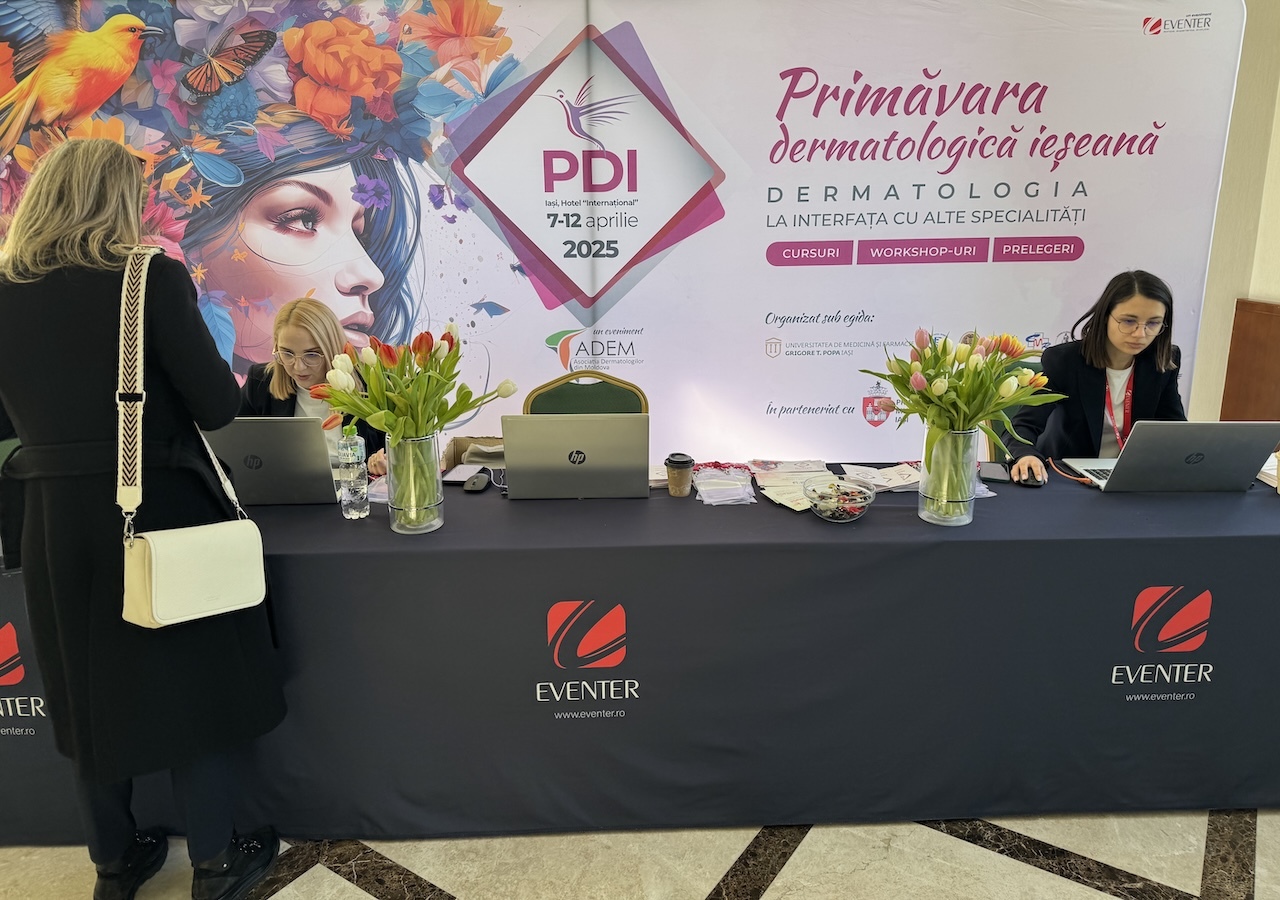
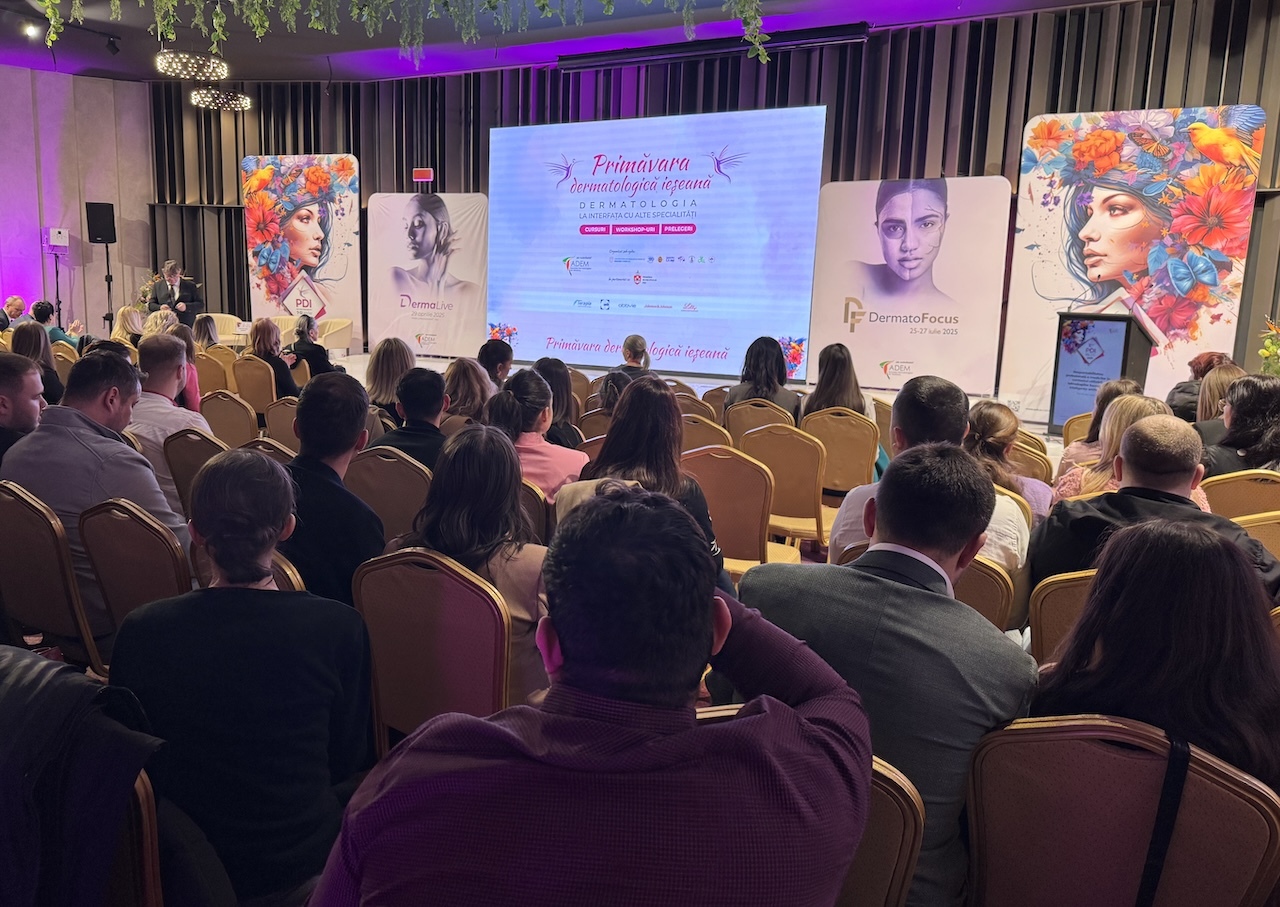
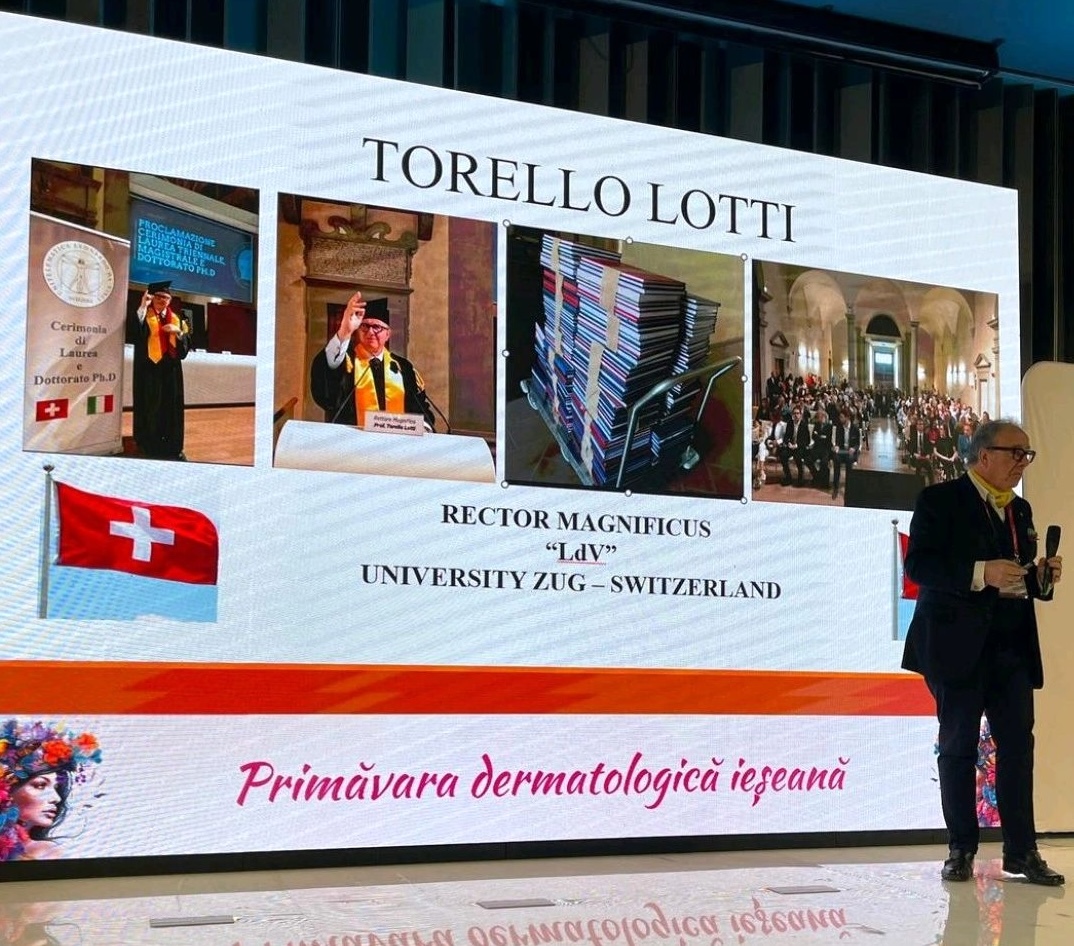
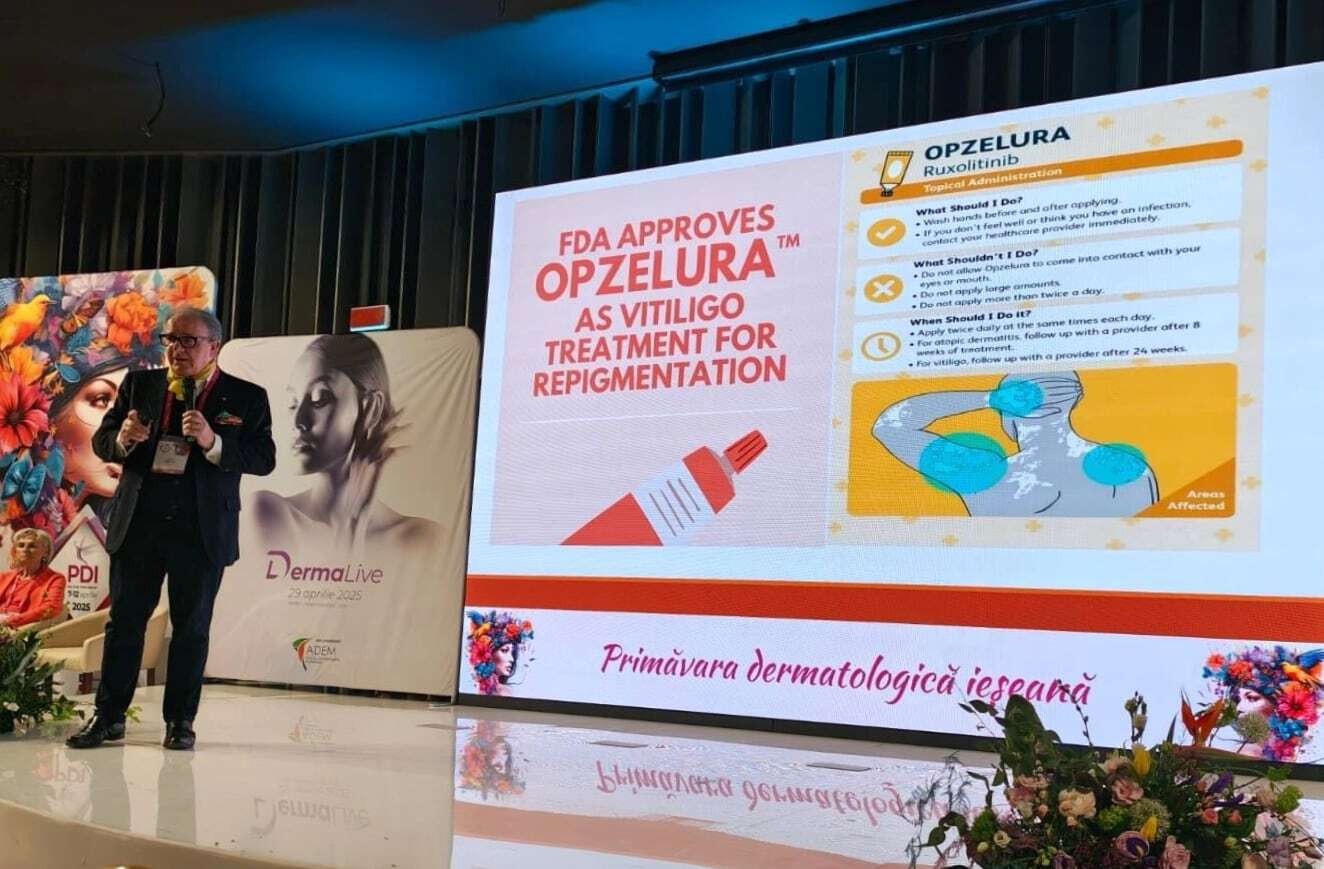
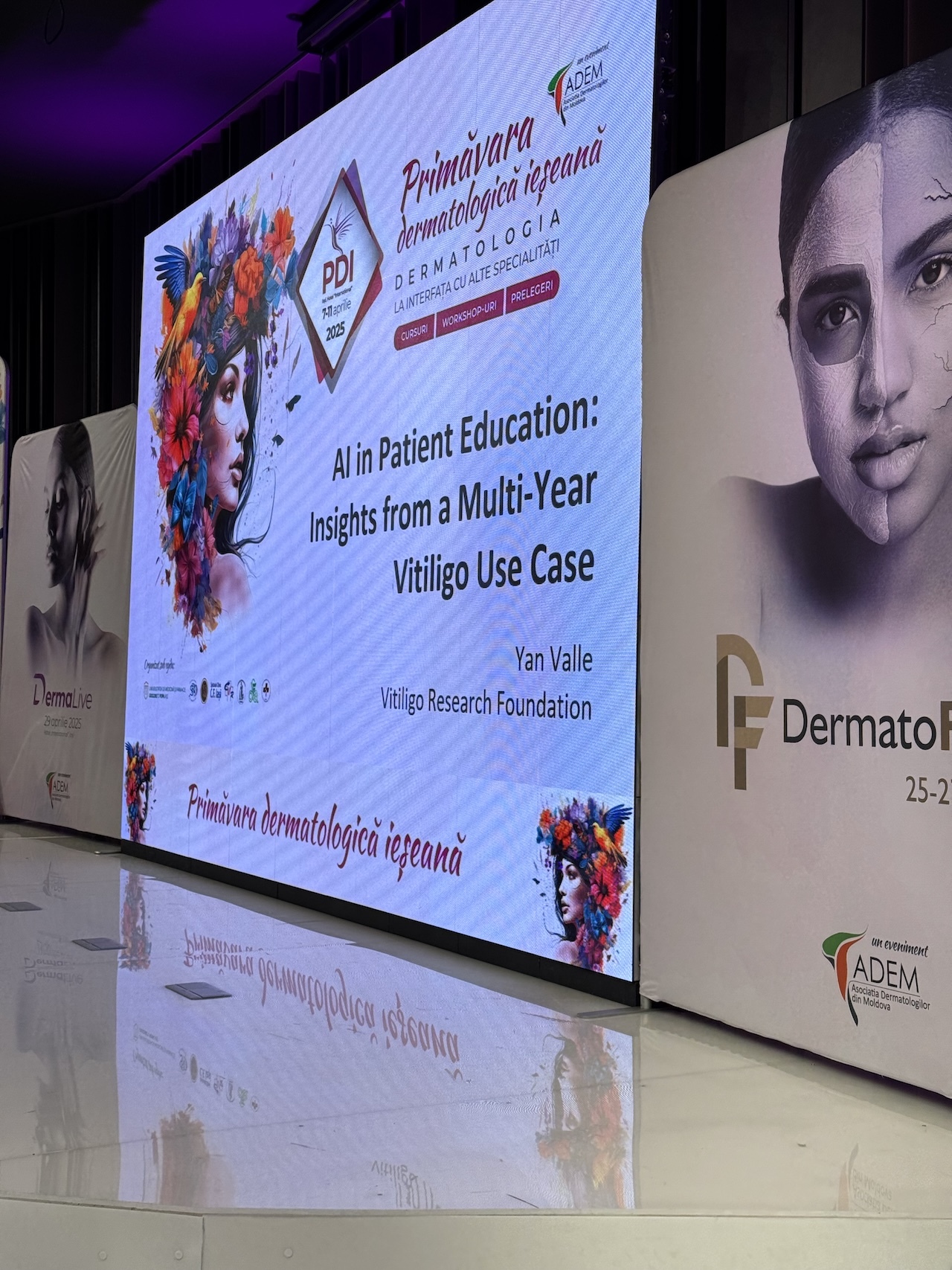
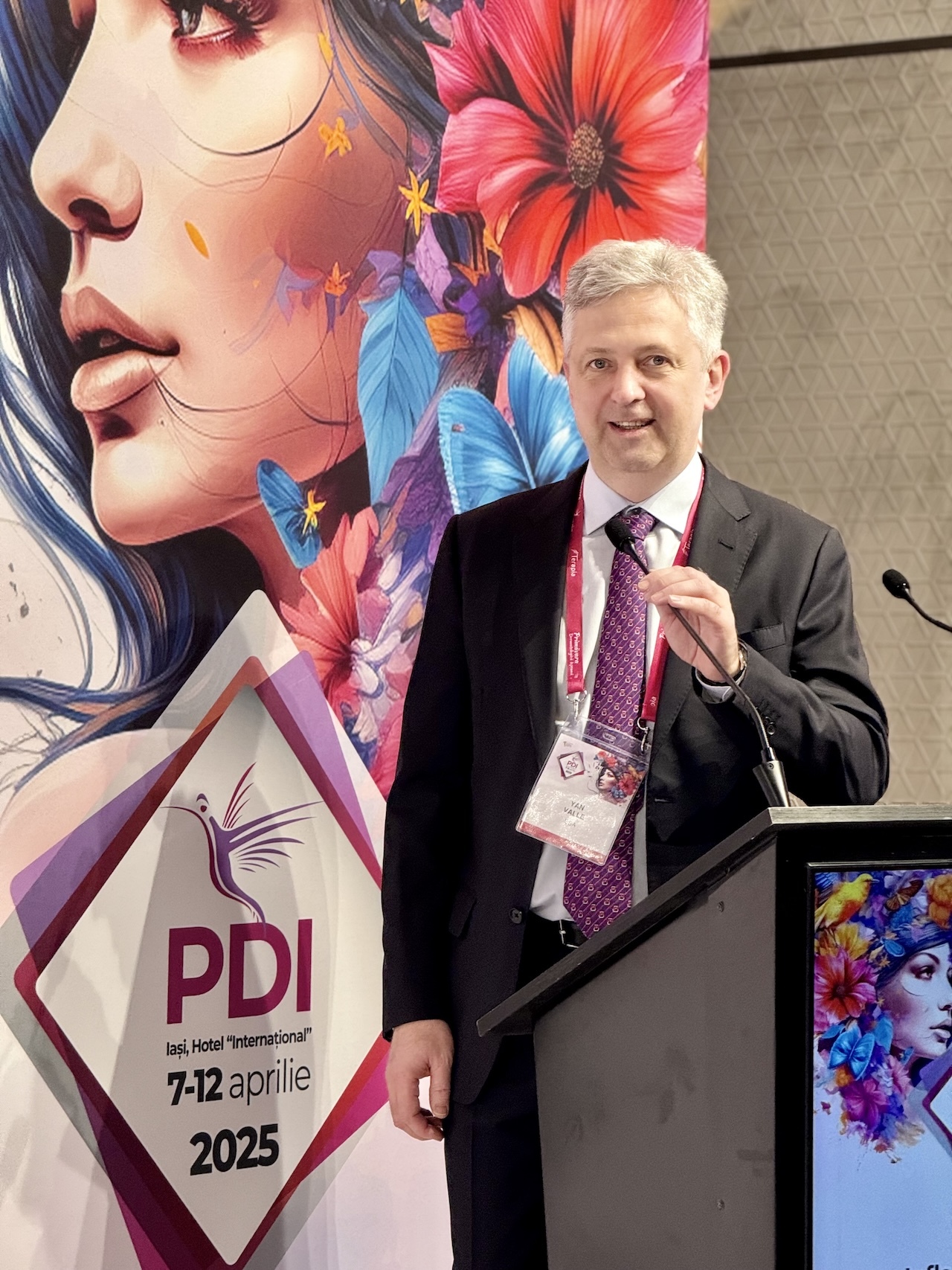

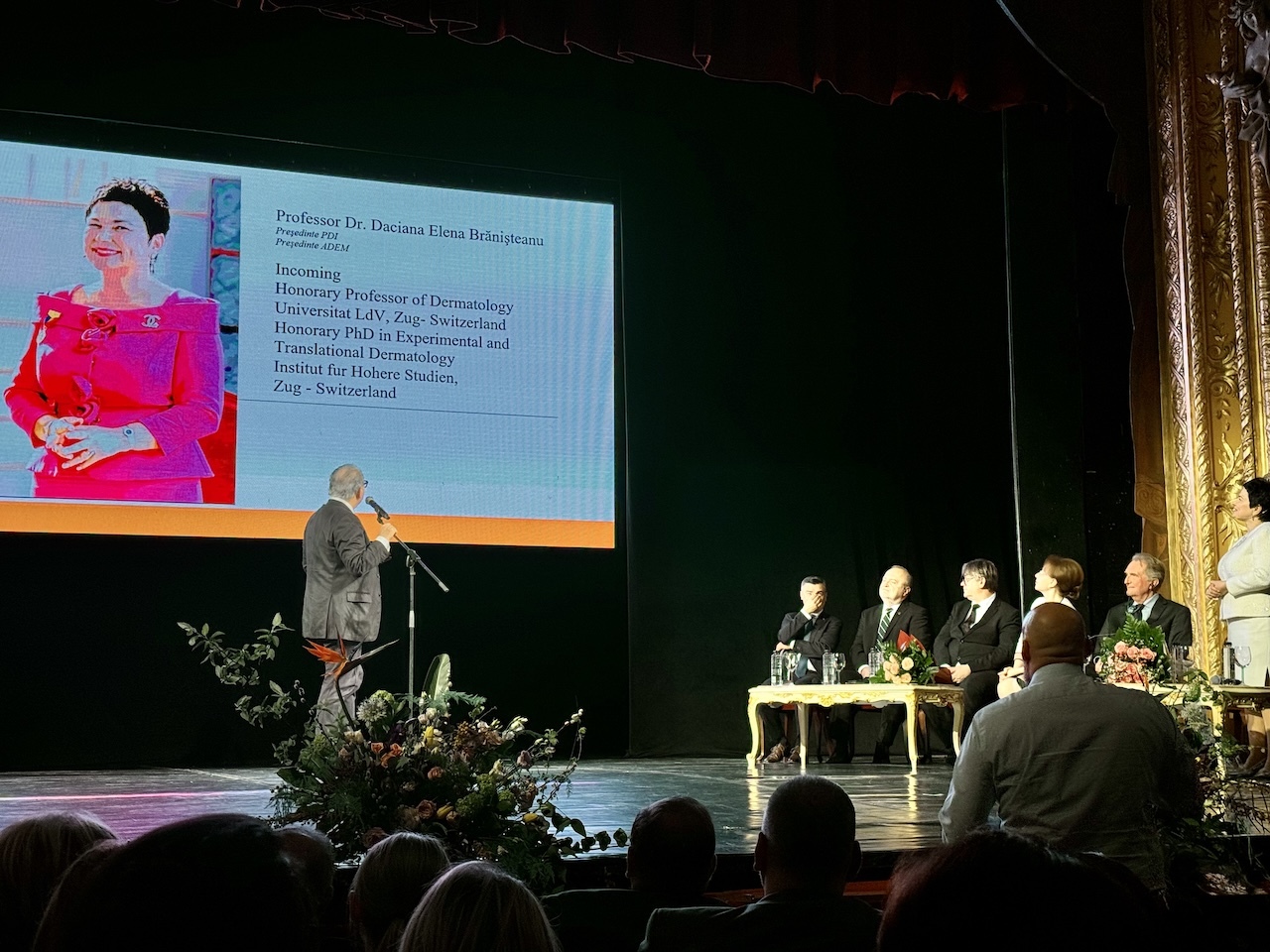
Suggested reading:
- Beyond the Surface: New Frontiers in Dermatology Explored in Iași
- New Expert Recommendations on Pediatric Vitiligo Care
- Vitiligo's Unexpected Health Benefits: A New Perspective on an Old Condition
FAQOther Questions
- Awareness Days Similar to World Vitiligo Day
World Vitiligo Day, celebrated annually on June 25 since 2012, is a significant event dedicated to raising awareness about vitiligo and supporting those affected by the conditio...
- What tests for vitiligo should be done?
Before starting vitiligo therapy, several tests may be recommended to ensure an accurate diagnosis and appropriate treatment plan: Physical Examination A thorough physical exa...
- Can chemicals cause vitiligo?
Certain chemicals can trigger vitiligo, leading to a condition known as chemical-induced vitiligo. While clinically and histologically indistinguishable from other types of viti...
Though it is not always easy to treat vitiligo, there is much to be gained by clearly understanding the diagnosis, the future implications, treatment options and their outcomes.
Many people deal with vitiligo while remaining in the public eye, maintaining a positive outlook, and having a successful career.
Copyright (C) Bodolóczki JúliaBy taking a little time to fill in the anonymous questionnaire, you can help researchers better understand and fight vitiligo.
